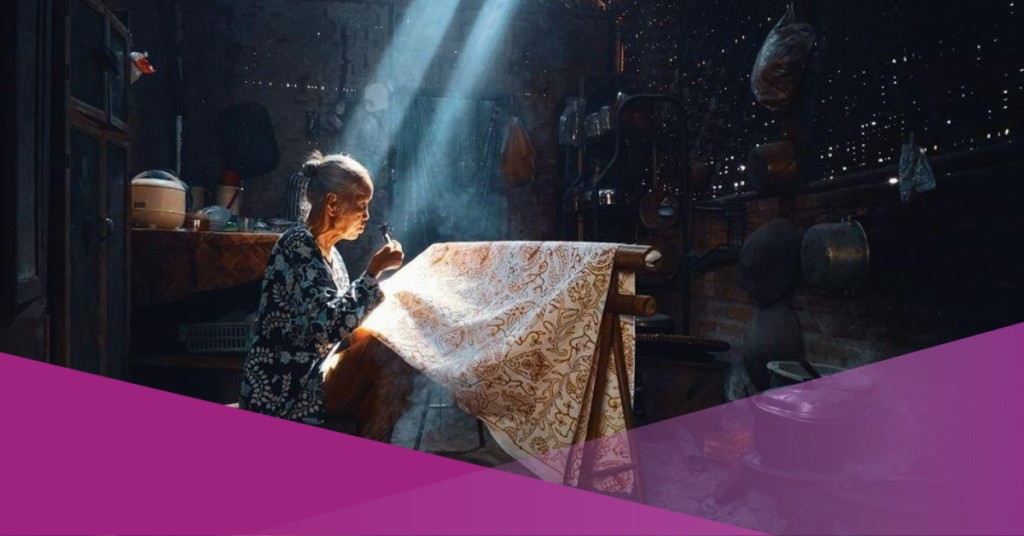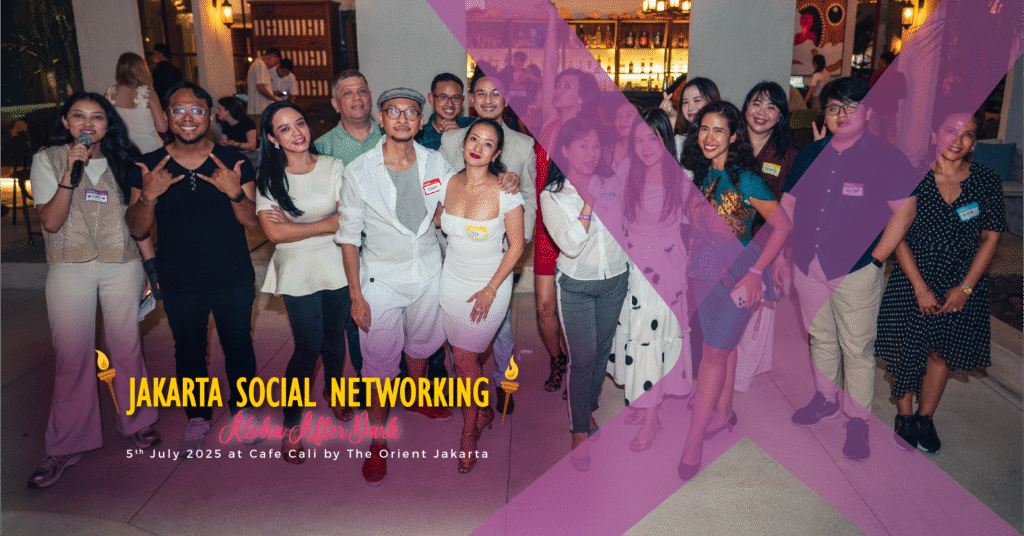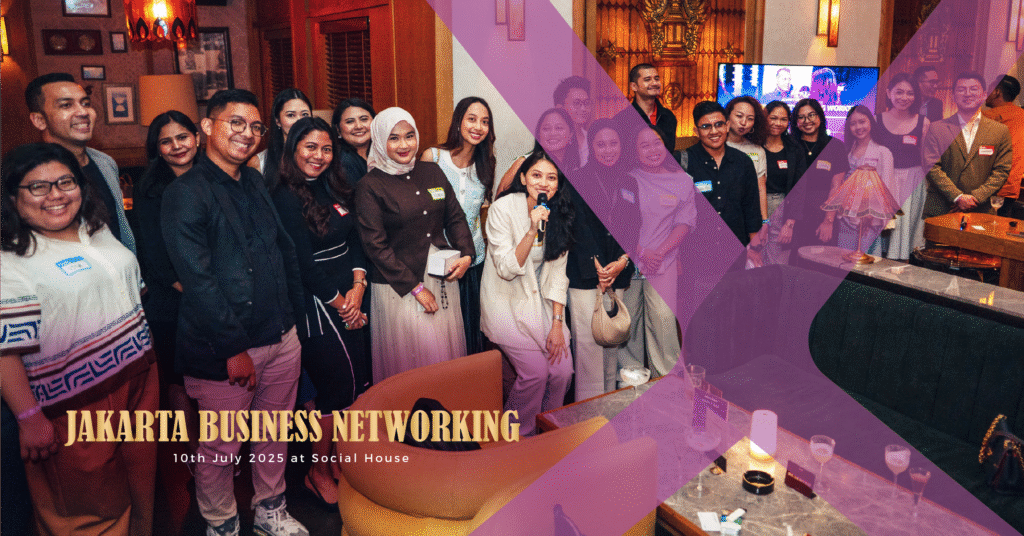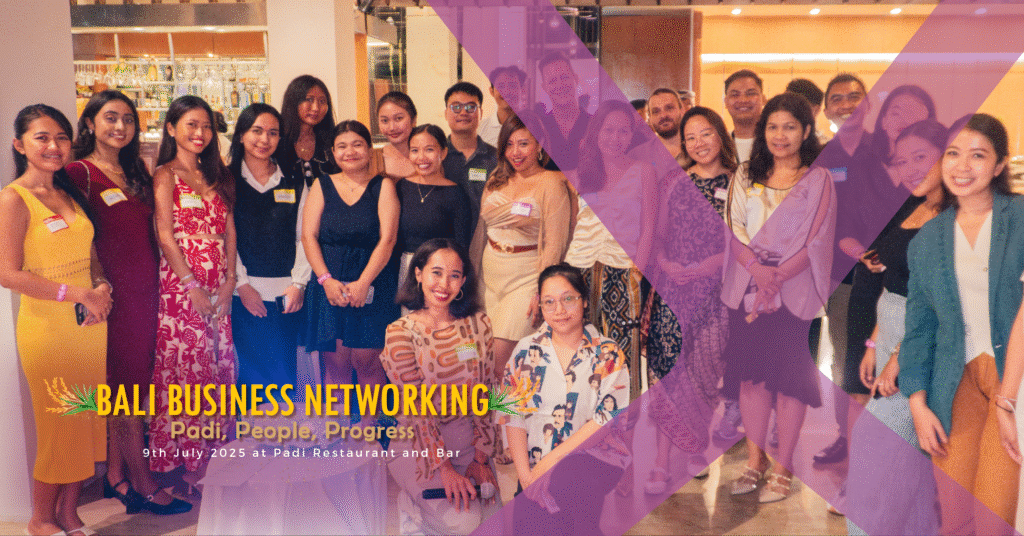Indonesia, a vast archipelago of diverse cultures and traditions, is a treasure trove of artistic heritage. Among its many art forms, batik stands out as a symbol of Indonesia’s rich cultural tapestry. Batik, a traditional Indonesian textile art, is an intricate and beautiful craft that has been practised for centuries. It’s not just a piece of fabric; it’s a piece of history and culture. If you’re looking to immerse yourself in the world of Indonesian arts and crafts, consider participating in batik workshops and connecting with traditional artisans.
Indonesia’s arts and crafts reflect the country’s rich cultural tapestry, from the intricate and centuries-old tradition of batik, which adorns textiles with intricate patterns, to the exquisite wood carvings traditions and sculptures. Indonesia’s arts and crafts, whether expressed through textiles, ceramics, metalwork, or traditional dance and music, are a source of national pride, offering a glimpse into the country’s history, spirituality, and the extraordinary talents of its people.
The Art of Indonesia Batik Handicraft
Batik is a unique and labour-intensive art form. It involves applying wax to specific areas of cloth to create patterns and then dyeing the fabric in various colours. What makes batik exceptional is the combination of meticulous craftsmanship and artistic expression of the Indonesian archipelago. The result is stunning patterns and designs that are symbolic of the diverse regions of Indonesia, each with its own distinct motifs and meanings of art objects.
Batik Workshops: A Hands-On Experience in Indonesian Art
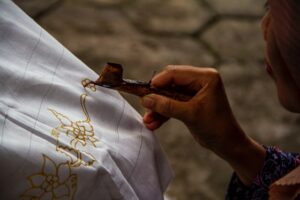
To truly appreciate the art of batik, there’s no better way than to roll up your sleeves and participate in a batik workshop. These workshops are available in various cities throughout Indonesia, especially Java and Bali. They offer an immersive experience with a rich cultural heritage of art where you can learn from skilled artisans. You’ll get to try your hand at the wax-resist technique, carefully designing your own batik piece of Indonesian culture.
During these workshops, you’ll gain insight into the deep cultural significance of batik. You’ll discover that each motif and colour carries a unique story handicraft. Whether you’re creating a piece inspired by nature, mythology, or local traditions, you’ll be adding your brushstroke to this living form of art and handicrafts.
Yogyakarta, Central Java: Batik Danar Hadi
Yogyakarta, often regarded as the cultural heart of Java, is a prime destination for batik enthusiasts. Batik Danar Hadi is a renowned name in the industry, and their workshops provide a fascinating journey into the visual art history and techniques of traditional Indonesian batik. Visitors can observe skilled artisans at work and even create their own batik pieces under the expert guidance of Indonesian painters. The experience is a fusion of culture, history, and hands-on creativity in the development of local art.
Solo, Central Java: Batik Kauman Solo
Solo, also known as Surakarta, is another epicentre of Javanese batik craftsmanship. Batik Kauman Solo offers workshops that provide an authentic look into the art of batik. Participants can learn about the various traditional patterns and motifs that define Solo’s unique style. The workshop’s serene ambience and expert instructors make it an ideal place to gain a deep understanding of Solo-style batik.
Pekalongan, Central Java: Batik Pekalongan
Pekalongan is renowned for its coastal batik tradition, which is distinct from the inland Javanese styles. Batik Pekalongan offers workshops that explore this maritime heritage of art and handicrafts. Participants can witness the intricate process of creating coastal batik and even try their hand at it. This unique experience celebrates the diversity of batik across Indonesia.
Jakarta, DKI Jakarta: Batik Chic by Iwan Tirta
The capital city of Jakarta is home to Batik Chic by Iwan Tirta, where contemporary chic meets traditional batik artistry. Their workshops provide insights into the history and cultural significance of batik and encourage participants to infuse their creative expression into the craft. The modern setting is perfect for those looking to explore innovative interpretations of batik.
Ubud, Bali – Threads of Life Gallery (Balinese Art and Handicrafts)
Ubud, Bali’s artistic and cultural heart, is home to the Threads of Life Gallery. While primarily known for its commitment to preserving traditional textiles of Balinese art, the gallery also features exquisite ceramic works created by indigenous communities from various Indonesian islands. They also held Batik Clasess offers unique insight into the botany, dye processes and practice of Indonesia’s textile traditions and the ceramics are steeped in cultural significance in Balinese painting and are often used in elaborate rituals and ceremonies. The gallery provides a unique opportunity to explore the deep-rooted traditions that inform these ceramics. This experience seamlessly combines traditional craft with the island’s and Balinese beauty.
Meet Traditional Indonesian Arts and Crafts
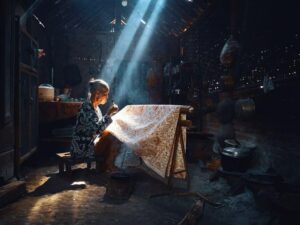
While participating in a batik workshop is an engaging introduction to the craft of traditional arts, meeting traditional artisans is an opportunity to witness masters at work and various art forms as well. Indonesia’s many islands are home to numerous talented artisans who have dedicated their lives to perfecting the art of batik and the development of many art forms. Visiting Indonesian artisans workshops or studios is an enriching experience for art forms in Indonesia. You can observe the meticulous process, from sketching out intricate patterns to applying wax with precision and mastering the delicate art of dyeing.
Talking to these artisans provides insight into the history of batik, the evolution of the craft, and the importance of preserving this cultural heritage. It’s a chance to learn about the unique traditions and stories behind their creations, fostering a deeper appreciation for this ancient art form.
Supporting Indonesian Local Communities Performing Arts
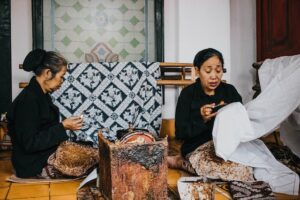
When you engage with traditional artisans, you’re not only learning about their craft but the meanings in particular art forms and you’re also contributing to the sustainability of local communities Indonesian Heritage Society culture of Indonesia. Many of these artisans rely on their craft as their primary source of income. By purchasing their handmade batik products, you’re helping to support their livelihoods and preserve this cultural heritage.
Indonesia’s artisans are known for their hospitality and willingness to share their knowledge with visitors. They often view their craft as a way of fostering cultural exchange and international friendships. The experience of connecting with them is not just about acquiring a piece of artwork but also about learning more about Indonesian culture to create lasting memories and friendships.
Conclusion
Exploring the world of Indonesian arts and crafts, especially the enchanting art of batik, is a journey that promises both cultural enrichment and artistic fulfilment. Participating in batik workshops and connecting with traditional artisans allows you to not only create your own piece of art but also to delve into the deep-rooted cultural traditions that have been a source of inspiration for generations. As you engage with the intricate world of batik, you’ll discover that it’s not just about producing a beautiful piece of fabric; it’s about understanding the soul of a nation and preserving a legacy of creativity and cultural identity.
